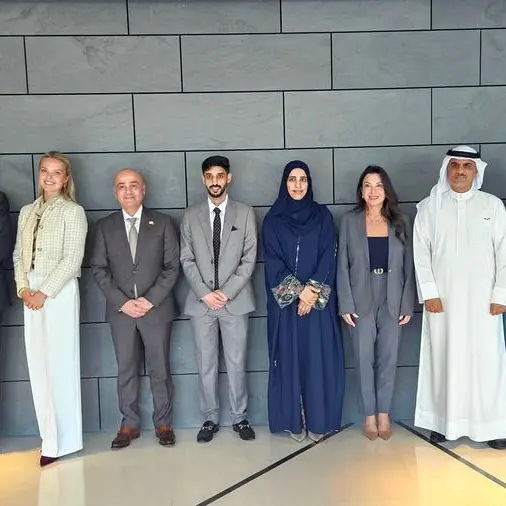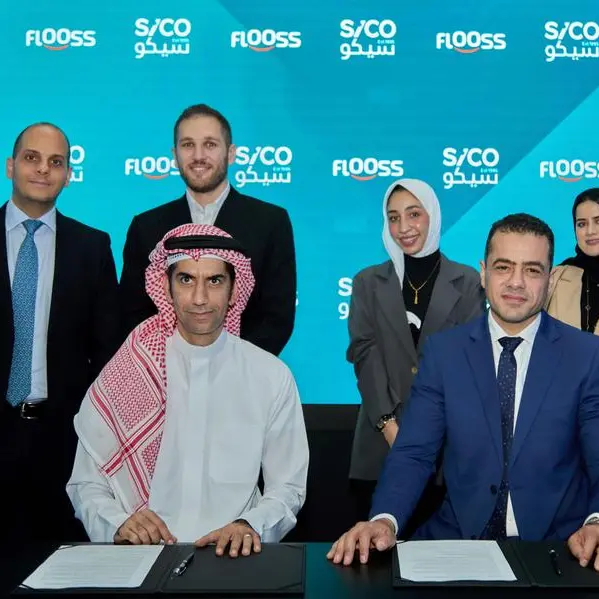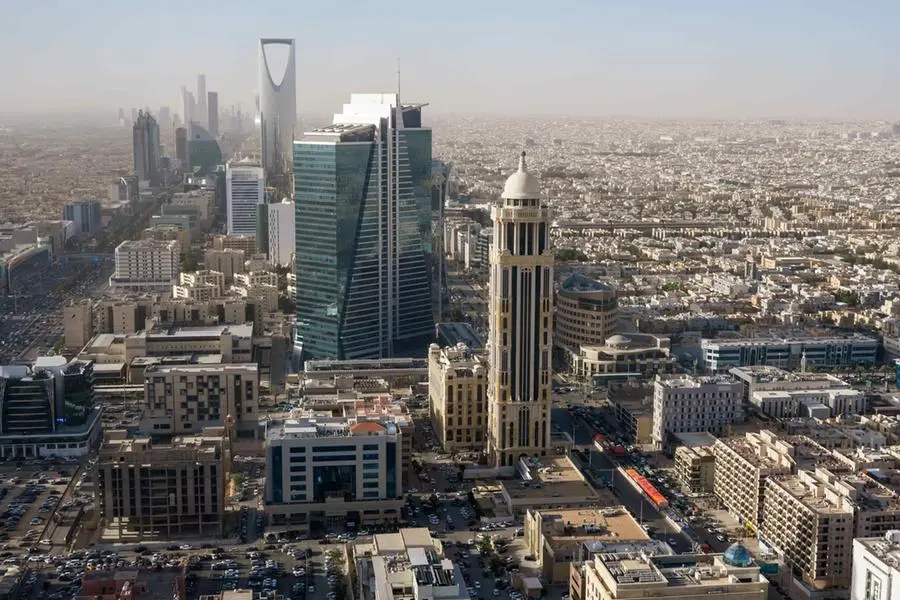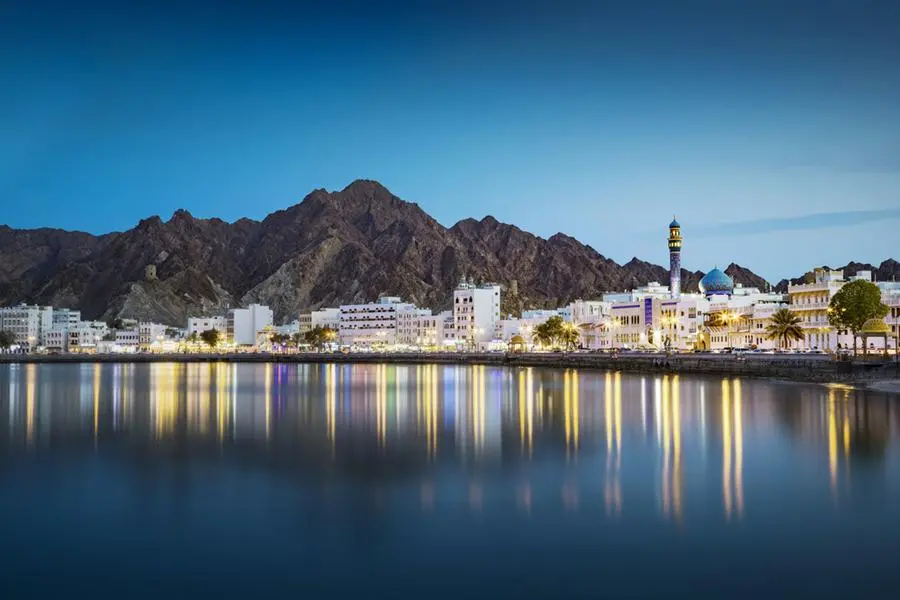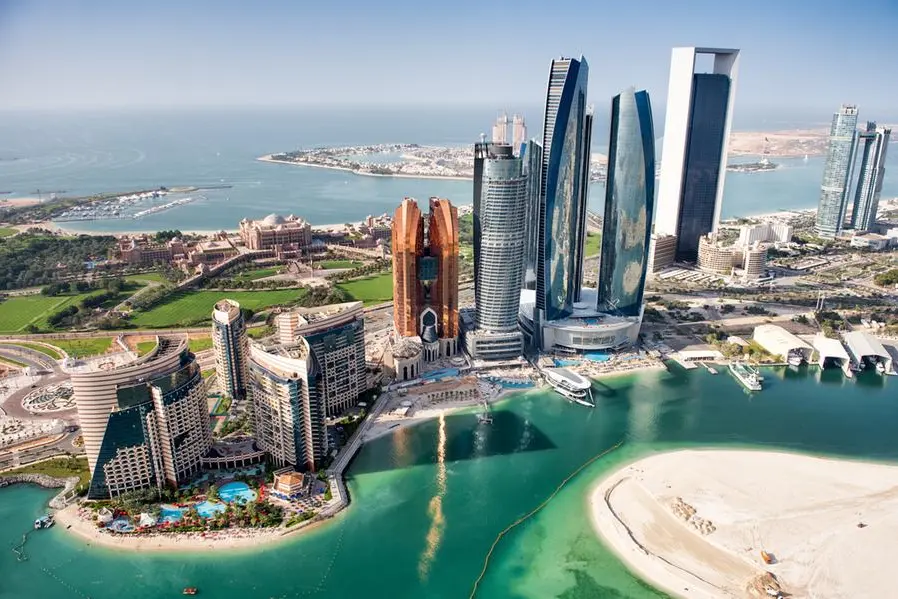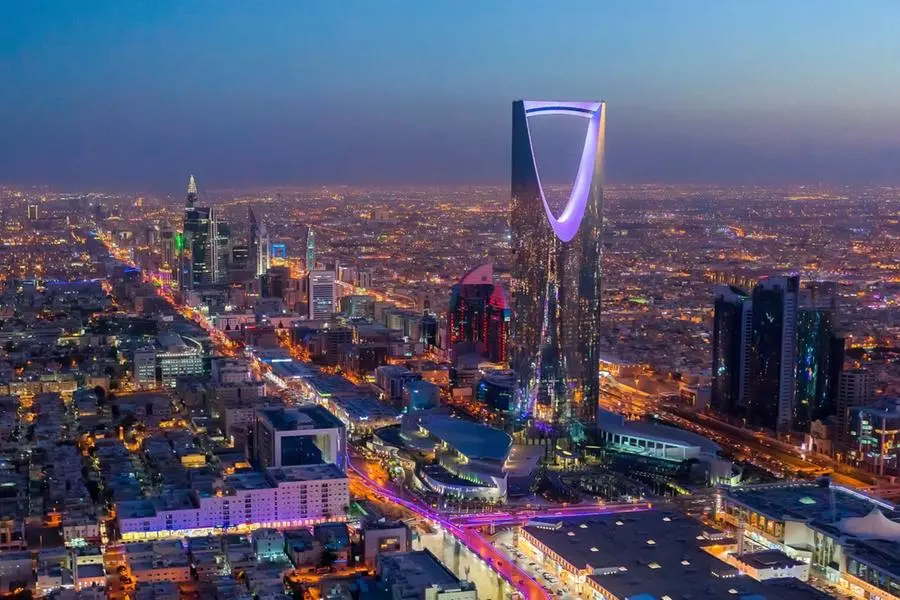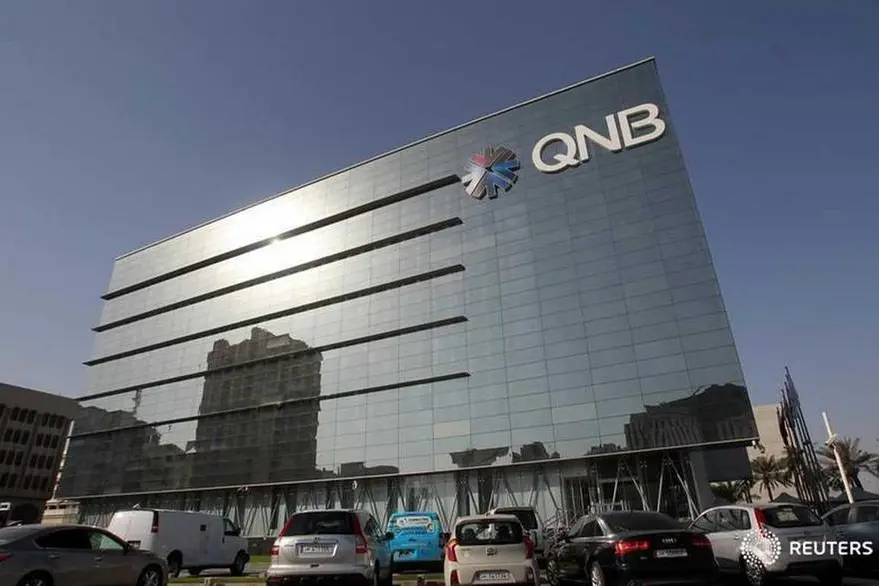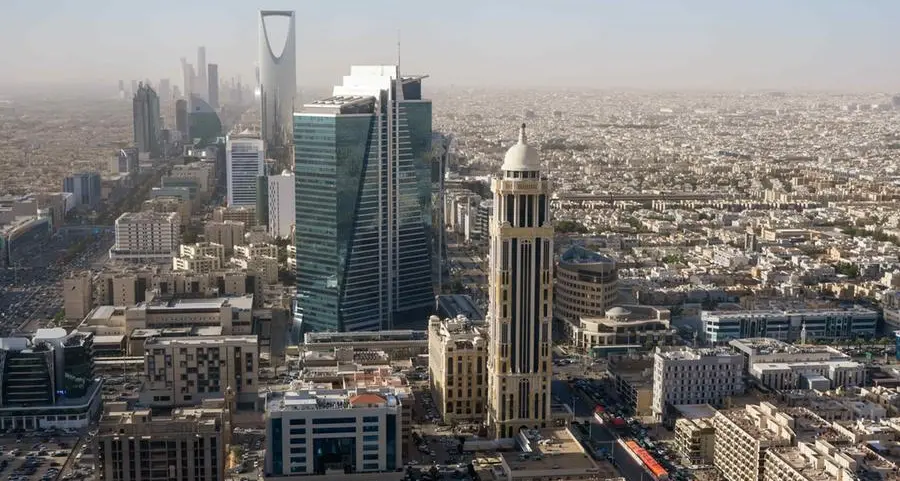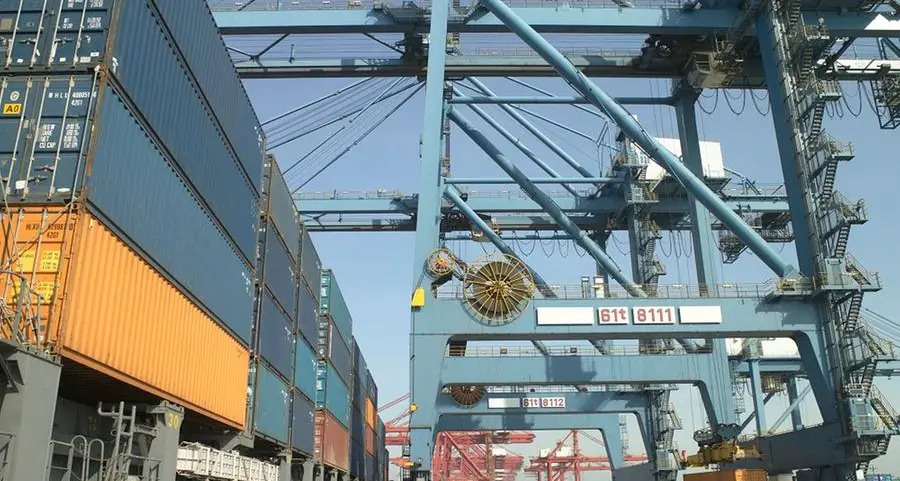The World Travel & Tourism Council [WTTC], which represents the global Travel & Tourism private sector, released its comprehensive Cities Report for 2019, which reveals that Middle East & North Africa (MENA) contributes $92BN to the global Travel & Tourism GDP.
Focusing on 73 major tourism city destinations, the report provides estimates of the GDP and employment directly generated by the Travel & Tourism sector, and highlights successful initiatives, strategies and policies that have been implemented.
The report reveals many cities across MENA make a significant contribution to the city’s overall GDP, with Marrakech’s Travel & Tourism sector contributing 30.6% and Dubai contributing 11.5%.
The Cities Report shows these 73 cities account for $691 billion in direct Travel & Tourism GDP, which represents 25% of the sector’s direct global GDP and accounts for over 17 million direct jobs. Additionally, in 2018, direct Travel & Tourism GDP across the cities, grew by 3.6%, above the overall city economy growth of 3.0%. Furthermore, of the top 10 fastest growing cities, two of them are located within MENA, with Marrakech growing 10.8% and Cairo growing 9.9%.
International visitor spending is usually more important to cities than it is to countries as a whole. Dubai is the third largest city in terms of international visitor spending ($27.9BN), and largest in the MENA region. Furthermore, within the region, Dubai and Riyadh are the most reliant on international visitor spending, with 89% and 86% respectively of the total Travel & Tourism spend coming from international visitors. Additionally, Riyadh sees its international spending per visitor nine times higher than domestic. Infrastructure development and prioritisation of tourism has been a key driver of Travel & Tourism growth.
Revenues from international visitors will in some cases pay for city infrastructure projects, the provision of public workers and services that improve the quality of life for residents.
Cities with an overreliance on domestic or international demand can be more exposed to economic and geopolitical crises. For example, large cities which are highly reliant on domestic demand could be exposed to changes in the domestic economy. On the other hand, cities which are more reliant on international demand and/or particular source markets may be vulnerable to external disruptions. The report highlights several cities which demonstrate a more balanced split between domestic and international demand, this includes two MENA cities: Mecca (48% international and 52% domestic), and Cairo, which maintains a perfect 50:50 split.
In terms of employment, the report shows MENA to be performing particularly well. For example, Marrakech comes in fourth of the top 10 cities in terms of direct Travel & Tourism employment, with 26.1% of the total city employment being a Travel & Tourism job. Three of the top 10 fastest growing cities for Travel & Tourism employment are also located within the region, with Cairo coming in fifth, growing 9.1%, and Marrakech and Dubai following with 8.9% and 8.5%, respectively. Most notably though, of the top five cities for fastest growth in Travel & Tourism employment between 2008-2018, Abu Dhabi comes in first with 8% growth, with Riyadh (5.9%) in third place.
The Global Picture
With over half (55%) of the world’s population living in urban areas – this is due to increase to 68% over the next 30 years – cities have become the hubs for global economic growth and innovation, while also attracting more people who want to live and do business there.
The report reveals these 73 cities account for $691 billion in direct Travel & Tourism GDP, which represents 25% of the sector’s direct global GDP and directly accounts for over 17 million jobs. Additionally, in 2018, direct Travel & Tourism GDP across the cities, grew by 3.6%, above the overall city economy growth of 3.0%. The top 10 largest cities for direct Travel & Tourism contribution in 2018 offer diverse geographic representation, with cities such Shanghai, Paris, and Orlando all sitting in the top five.
WTTC President & CEO, Gloria Guevara said:
“The cities featured in this report from the MENA represent the critical importance the Travel & Tourism sector has on communities in terms of growth and employment. The cities’ growth and contribution to GDP remind us of the importance of emerging and developing economies within this sector. The report both highlights this and offers further examples in areas such as best practices for sustainable growth, resilience and destination stewardship.”
“Achieving sustainable growth in cities requires reaching far beyond the sector itself, and into the broader urban agenda. To drive true economic impact that can translate seamlessly into social benefits, a city must engage with all stakeholders, across the public and private sector, in order to establish the cities of the future.”
© Press Release 2019Disclaimer: The contents of this press release was provided from an external third party provider. This website is not responsible for, and does not control, such external content. This content is provided on an “as is” and “as available” basis and has not been edited in any way. Neither this website nor our affiliates guarantee the accuracy of or endorse the views or opinions expressed in this press release.
The press release is provided for informational purposes only. The content does not provide tax, legal or investment advice or opinion regarding the suitability, value or profitability of any particular security, portfolio or investment strategy. Neither this website nor our affiliates shall be liable for any errors or inaccuracies in the content, or for any actions taken by you in reliance thereon. You expressly agree that your use of the information within this article is at your sole risk.
To the fullest extent permitted by applicable law, this website, its parent company, its subsidiaries, its affiliates and the respective shareholders, directors, officers, employees, agents, advertisers, content providers and licensors will not be liable (jointly or severally) to you for any direct, indirect, consequential, special, incidental, punitive or exemplary damages, including without limitation, lost profits, lost savings and lost revenues, whether in negligence, tort, contract or any other theory of liability, even if the parties have been advised of the possibility or could have foreseen any such damages.
